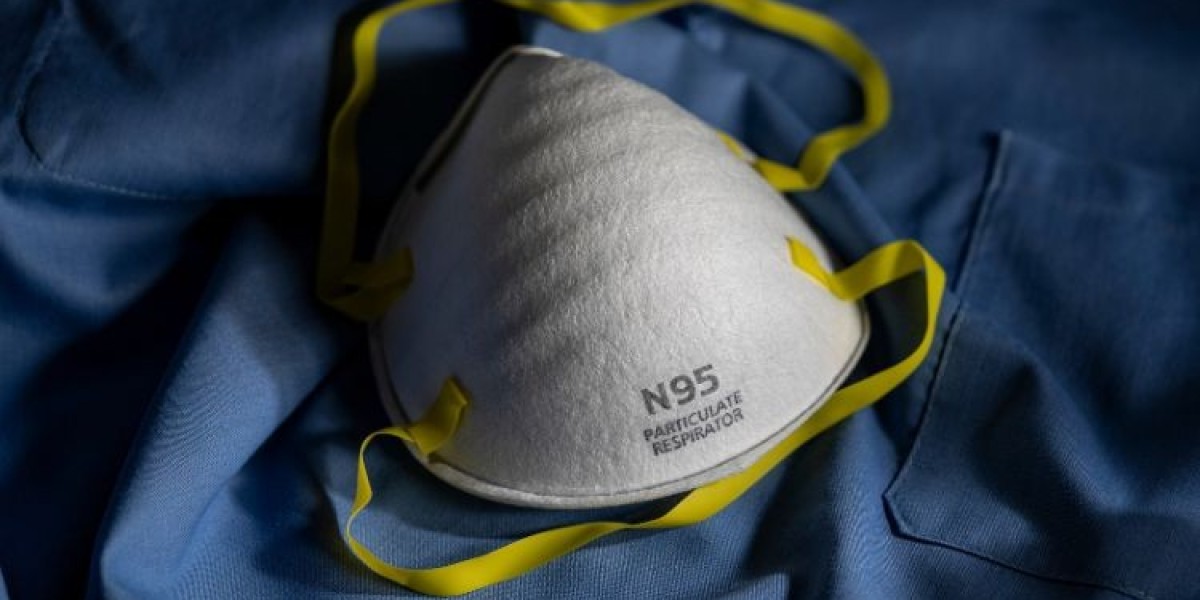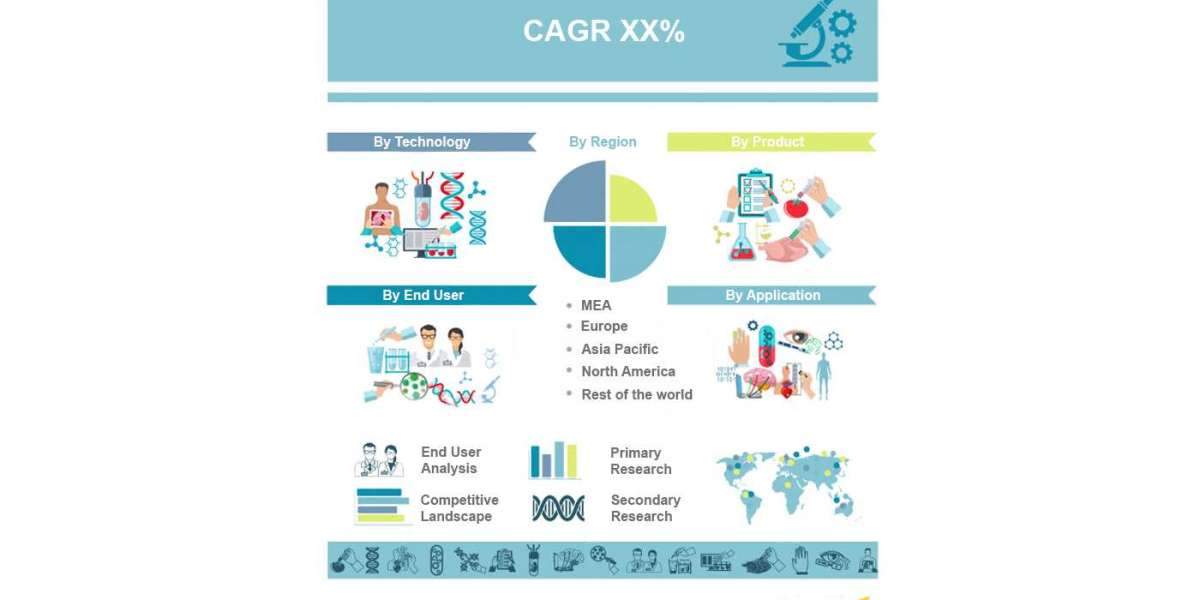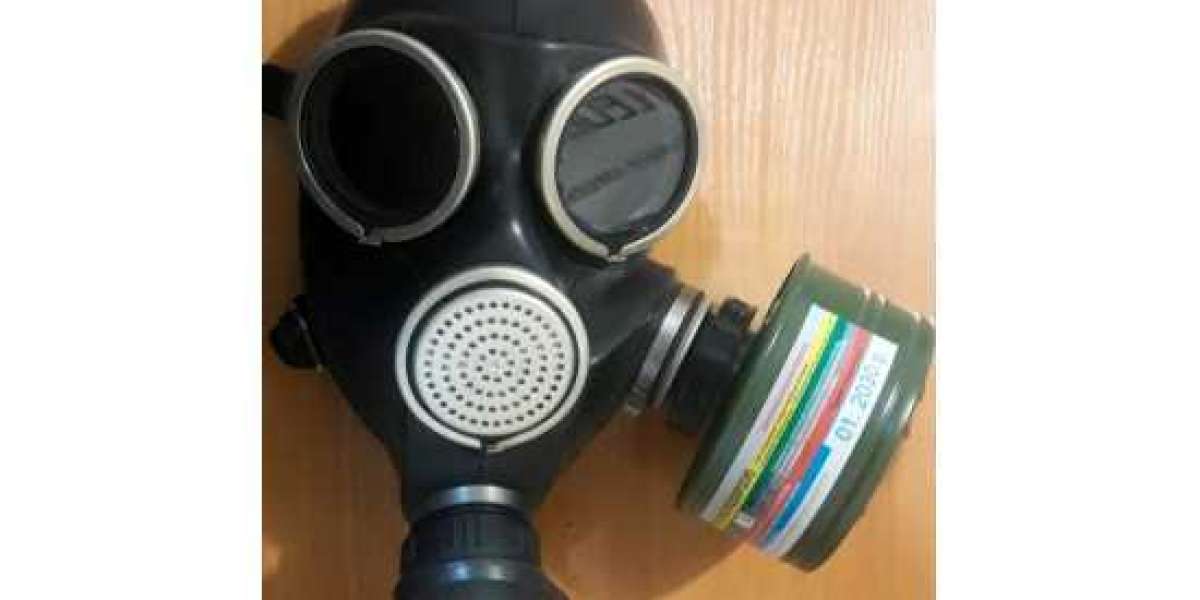The global N95 respirator market size stood at a value of USD 1.26 billion in 2023. The market is further expected to grow at a CAGR of 7.4% in the forecast period of 2024-2032 to attain a value of USD 2.38 billion by 2032. These statistics reflect not only the market's significance but also its resilience and adaptability in the face of unprecedented challenges. In this blog post, we delve into the remarkable journey of N95 respirators, from their pre-COVID-19 state to the impact of the pandemic and the lasting implications on the market.
I. Background on N95 Respirators
Before we delve into the impact of COVID-19, it's essential to understand the essential features and applications of N95 respirators. N95 respirators, renowned for their high filtration efficiency and snug fit, are personal protective equipment designed to filter out at least 95% of airborne particles, including viruses and bacteria. They have been a staple in healthcare settings, industrial environments, and other high-risk areas for years.
II. Pre-COVID-19 N95 Market
As of 2019, the global N95 respirator market was a crucial component of the broader personal protective equipment (PPE) industry. Market players included well-established manufacturers, and demand primarily stemmed from healthcare facilities, construction, and industrial sectors. In the absence of a global health crisis, the market was relatively stable, with a focus on product quality and adherence to strict regulatory standards.
III. The Surge in Demand
The outbreak of COVID-19 in late 2019 marked a turning point for the N95 respirator market. The highly contagious nature of the virus led to an unprecedented surge in demand for respiratory protection. Healthcare workers, in particular, relied heavily on N95 respirators to protect themselves while treating COVID-19 patients.
The sudden surge in demand strained the existing supply chains, leading to shortages in various parts of the world. Hospitals and healthcare facilities faced the daunting challenge of securing an adequate supply of N95 respirators to safeguard their staff. It became evident that the pre-pandemic market structure was ill-prepared to meet such a massive and sustained increase in demand.
IV. Supply Chain Challenges
The supply chain challenges faced by N95 respirator manufacturers during the early stages of the pandemic were multi-faceted. First, the production capacity of existing manufacturers was insufficient to meet the soaring demand. Additionally, the global supply chain for critical raw materials, such as meltblown polypropylene, faced disruptions.
The situation was exacerbated by the geographical concentration of manufacturing facilities. A significant portion of N95 respirator production was centered in a few countries, leaving the global supply chain vulnerable to regional disruptions. Countries, recognizing the importance of domestic production, took steps to increase their capacity and reduce dependence on imports.
V. Regulatory Changes
The regulatory landscape for N95 respirators also experienced significant changes in response to the pandemic. The National Institute for Occupational Safety and Health (NIOSH) and other regulatory bodies adapted to the urgent need for respiratory protection.
Emergency use authorizations (EUAs) were granted to several N95 respirator manufacturers, allowing them to supply products that met modified standards during the crisis. These measures aimed to ensure a more rapid influx of N95 respirators into the market, albeit with stringent quality control.
VI. Price Fluctuations
The increased demand and supply chain challenges had a notable impact on pricing. With shortages prevalent in the early days of the pandemic, reports of price gouging surfaced, raising ethical concerns. Governments and regulatory bodies intervened to curb such practices and stabilize pricing.
In response to market dynamics, N95 respirator prices fluctuated significantly. Prices were affected by factors such as the cost of raw materials, transportation, and the level of demand in different regions. These fluctuations highlighted the importance of transparency and fair pricing practices in times of crisis.
VII. Innovation and New Players
The shortage of N95 respirators prompted innovation in manufacturing and design. Existing manufacturers adapted their processes to increase production capacity. Additionally, new players, often from diverse industries, entered the market to bridge the supply-demand gap.
Some innovations focused on enhancing filtration efficiency, comfort, and durability of N95 respirators. New materials and technologies were explored to improve breathability without compromising protection. These innovations accelerated the evolution of N95 respirator designs and set the stage for potential long-term changes in the industry.
VIII. Long-Term Implications
As the pandemic continues to evolve, so do the long-term implications for the N95 respirator market. The sustained demand for N95 respirators has led to a more diversified market landscape, with an increased number of manufacturers and product offerings.
Awareness of respiratory protection and the importance of preparedness for health crises has risen significantly. This heightened awareness may lead to a more proactive approach to respiratory protection in various sectors, potentially driving further growth in the market beyond the pandemic era.
Conclusion
The global N95 respirator market has undergone a remarkable transformation in response to the COVID-19 pandemic. The surge in demand, supply chain challenges, regulatory adaptations, price fluctuations, and innovations have reshaped the market. While the pandemic's immediate impact has been profound, the long-term implications suggest a market that is more robust, diversified, and prepared for future challenges.
As we move forward, it is crucial to maintain vigilance, adapt to evolving circumstances, and prioritize the safety and protection of individuals in healthcare, industrial, and other high-risk environments. The journey of N95 respirators during the pandemic serves as a testament to the resilience and adaptability of industries in the face of unprecedented challenges.








